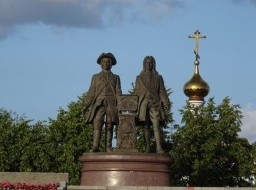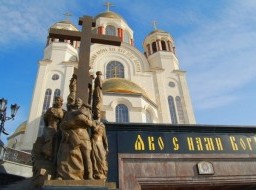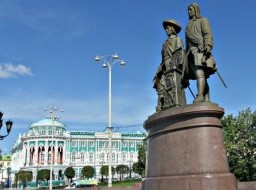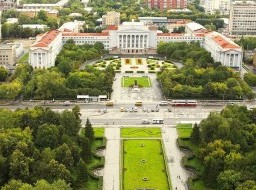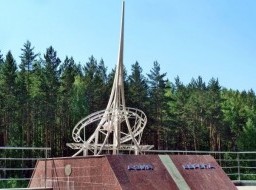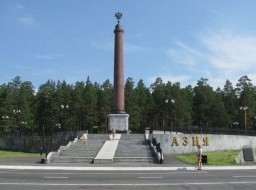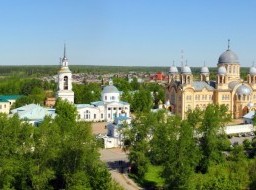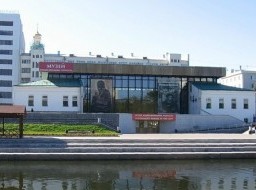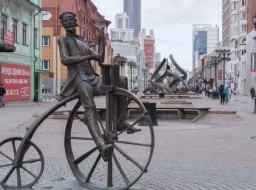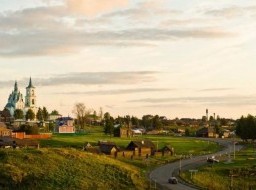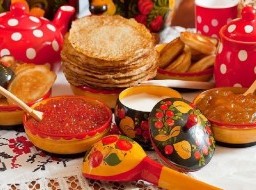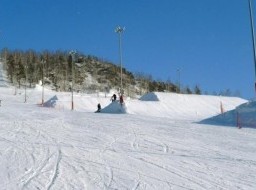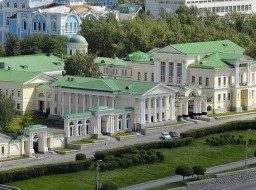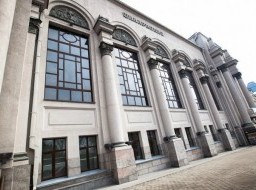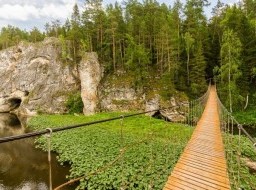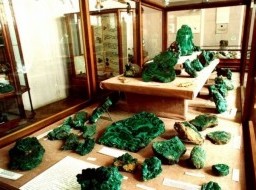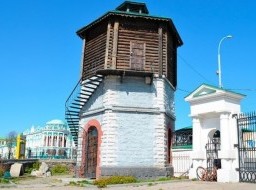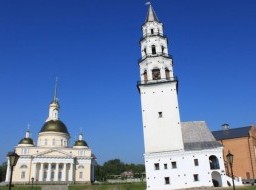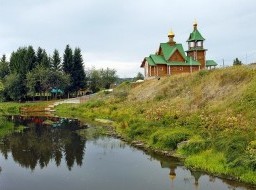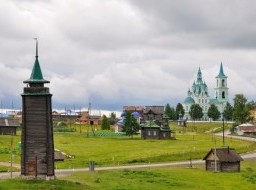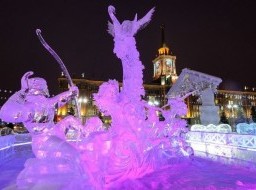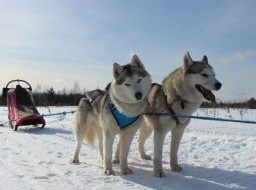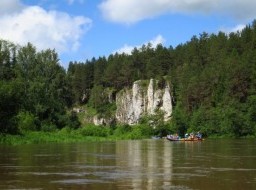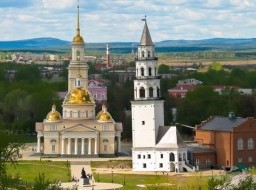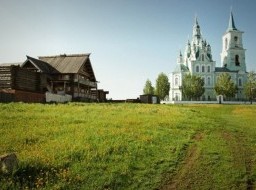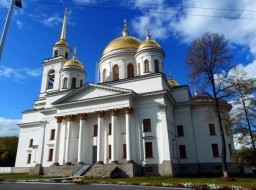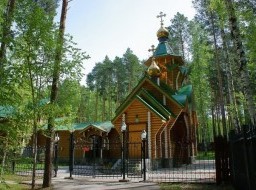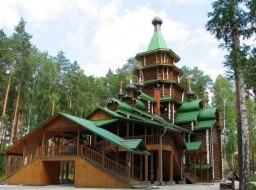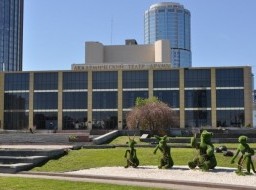Coin Yard
The construction of the Yekaterinburg Mint became a natural result of the rapid development of the Urals industry, which constantly demanded cash injections. In the beginning of XVIII century in the Urals, were found deposits of copper ore. From the Central part of the country come and working professionals, based new city. The copper country played the same role as oil is now, and the cause was a copper coin, which under Peter I and became the basis of monetary circulaon. The more it was possible to mint copper coins, the richer became the economy. No wonder that June 14, 1725 in Yekaterinburg sent the Imperial decree on the preparaon of the coinage. And should not coinage, and the copper rubles, polnas, polupolnas and dimes. Later added a penny here and a penny. A coin stop is chosen the same as in the issuance of other coins – 10 rubles of pounds, that is, the ruble should weigh approximately 1.6 kg. to simplify producon, to produce planned coins card in Swedish style: a rectangular sheet of metal, hand-forged with coin stamps on the corners and in the center: "On the Siberian plants of finished products, and which will connue plavleni copper, make from pure red copper PCB and branding in the mid-price, and at each corner a coat of arms water cars of different prices, namely the ruble, polna, polupolna, UAH". Coinage-plat was planned even before the discovery of copper in the Urals, but the plans went awry. The first samples were made in Yekaterinburg on 14 April 1726 and sent to St. Petersburg with the date "1725" and the words "EKATERINBURG". Inially, the yard was even called Paid, that is making Board. Chasing did not last long, and in small volumes. Less than a year later, on 24 January 1727 edion coin boards was completed in connecon with the inconvenience of their treatment and transportaon. To Feb organized the producon of blanks for copper coins, cokanasiga in Moscow, but aer two months of operaon the plant pereprofilirovanie for the release of ware. In 1734, Senator A. D. Taschev resumes the producon of coin blanks for the money and the cushions, and aer two years seeking permission full coinage. The name of Ekaterinburg mint was only in 1763, and not the name of the city, as it may seem, and in honor of Catherine II, who started the Board this year. On 28 October issued a decree on the allocaon in a separate building in coinage and organizaon of the state mint. The coins were sent to the country on boats via the waterways. Inially, the mint almost completely covered the city budget, expense existed in all public establishments, Yekaterinburg, rich. In spite of this, to improve the profitability of producon it is the leers on the coin establishments, Yekaterinburg, rich. In spite of this, to improve the profitability of producon it is always easier. Perhaps in this regard, it is the coin with symbol EAT before 1830 have a huge number of wedlock is considered the norm for them. In 1835 the plant rekonstruiruet, there is a stone fence around the workers did not stand with him, introduced strict rules and procedures. At the end of the reign of Nicholas I, there was talk about a possible early release of gold and silver coins, because precious metals sll went through Yekaterinburg to the Siberian mines. But for security purposes, the decision was postponed. Mint has worked for 150 years, not counng short breaks when producon was stopped due to the lowering of the water level (the driving force was water wheels) or fires. 14 APR 1876 it was officially closed. |
|
